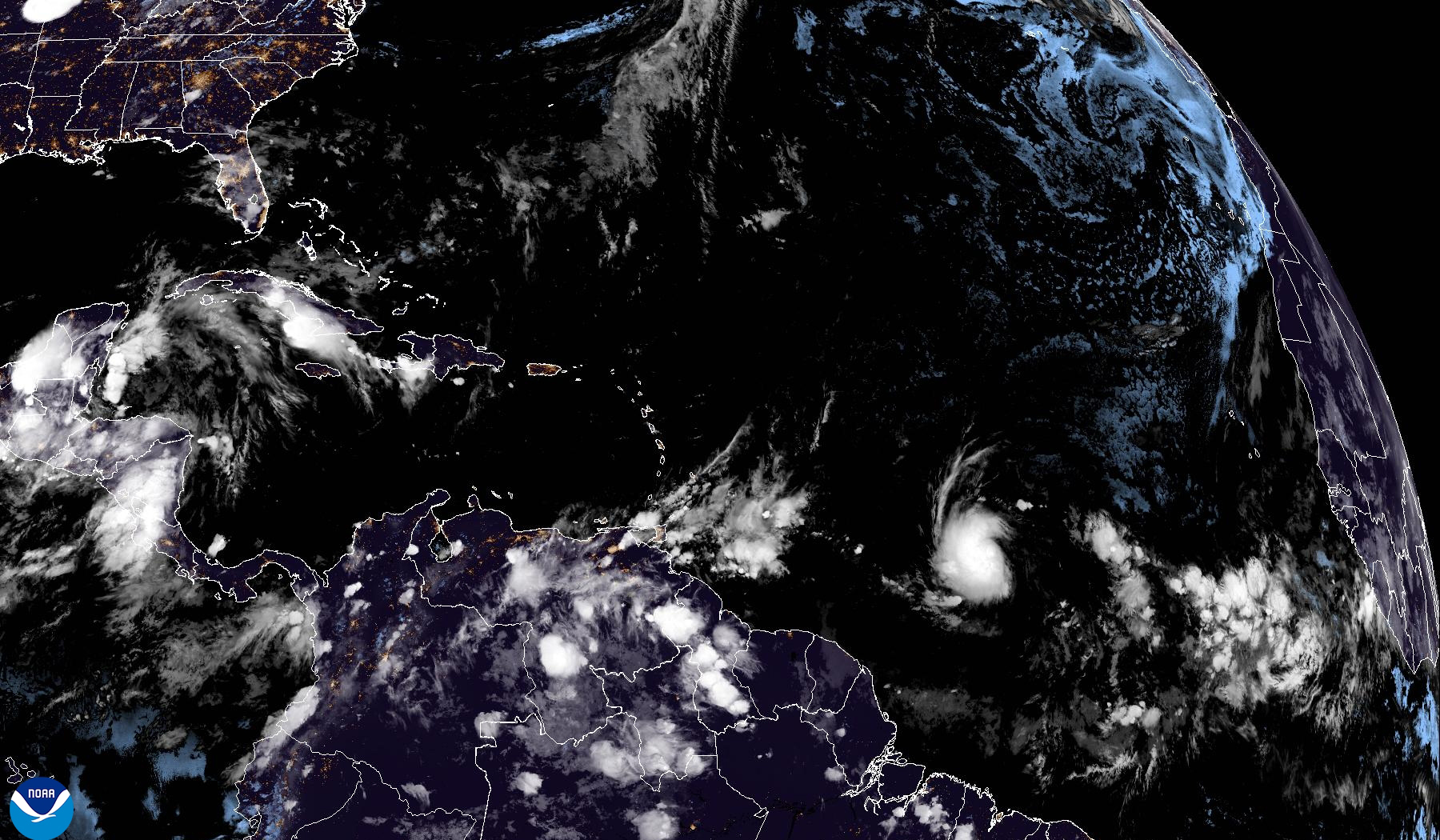Hurricane Beryl Overview

Nhc beryl – Hurricane Beryl, a tropical cyclone that originated in the Atlantic Ocean, exhibited characteristics of both tropical and subtropical cyclones. It formed as a tropical depression on July 5, 2018, and gradually intensified into a tropical storm, receiving the name “Beryl” the following day.
National Hurricane Center trackin’ Nhc Beryl as it moves across the Atlantic. You can check the storm beryl path to see where it’s expected to go next. Nhc Beryl is a tropical storm with winds up to 60 mph.
Beryl’s path took it across the Atlantic Ocean, initially moving towards the west-northwest before curving northeastward. It reached its peak intensity as a Category 3 hurricane on July 8, with maximum sustained winds of 120 mph and a central pressure of 952 millibars. Beryl maintained hurricane strength for several days, gradually weakening as it approached the Lesser Antilles.
Ah hear bout dis storm call NHC Beryl. Dem seh it a move fast and could cause some serious damage. Me heart goes out to all di people in its path. Hurricanes like barbados hurricane can be devastating, so me a pray for everyone’s safety.
We need to stay vigilant and follow all di instructions from di authorities. NHC Beryl is a reminder of how important it is to be prepared for these kinds of events.
Impact of Hurricane Beryl
Hurricane Beryl brought heavy rainfall and strong winds to the Lesser Antilles, causing widespread flooding and damage to infrastructure. Dominica, in particular, was severely impacted, with the passage of the hurricane’s eye directly over the island. The combination of high winds and torrential rain resulted in significant damage to buildings, roads, and bridges, as well as agricultural losses. Other islands in the region, including Guadeloupe, Martinique, and St. Lucia, also experienced the effects of Beryl, albeit to a lesser extent.
Hurricane Beryl Impacts
Hurricane Beryl brought significant destruction in its wake, leaving behind a trail of damage to infrastructure, property, and the environment. The economic and social consequences were also severe, affecting the lives of thousands.
Infrastructure Damage
- Roads and bridges were washed out, disrupting transportation and communication.
- Power lines were downed, leaving many areas without electricity.
- Water systems were damaged, leading to shortages of clean drinking water.
Property Damage
- Homes and businesses were destroyed or severely damaged by high winds and flooding.
- Agricultural crops were wiped out, resulting in losses for farmers.
- Vehicles were submerged or damaged by floodwaters.
Environmental Impacts
- Coastal erosion and flooding caused significant damage to beaches and dunes.
- Wildlife habitats were disrupted, affecting the local ecosystem.
- Pollution from damaged infrastructure and debris posed environmental hazards.
Economic Consequences
- Businesses were forced to close, leading to job losses and economic hardship.
- Tourism revenue was lost due to the damage to infrastructure and the closure of beaches.
- The cost of rebuilding and repairing damaged infrastructure and property was substantial.
Social and Humanitarian Impacts
- Thousands of people were displaced from their homes due to flooding and damage.
- Schools and hospitals were closed, disrupting education and healthcare services.
- Mental health issues arose due to the trauma and displacement caused by the hurricane.
Hurricane Beryl Response and Recovery: Nhc Beryl

In response to Hurricane Beryl, local and national authorities implemented comprehensive evacuation plans, deployed emergency services, and provided disaster relief to affected communities. Evacuations were ordered in coastal areas and low-lying regions, with shelters established to accommodate displaced residents. Emergency responders, including police, fire, and medical personnel, were mobilized to provide assistance and ensure public safety.
Disaster Relief and Recovery, Nhc beryl
In the aftermath of Hurricane Beryl, extensive recovery efforts were undertaken to rebuild damaged infrastructure, restore essential services, and provide support to affected communities. Government agencies, non-profit organizations, and volunteers worked together to distribute food, water, and medical supplies to those in need. Damaged homes and businesses were repaired or rebuilt, and efforts were made to restore power, water, and communication services.
Lessons Learned and Future Preparedness
The experience of Hurricane Beryl highlighted the importance of effective hurricane preparedness and response measures. Lessons learned from the storm have been incorporated into updated hurricane preparedness plans, which include improved evacuation protocols, enhanced emergency communication systems, and increased coordination between local, state, and federal agencies. These measures aim to strengthen resilience and mitigate the impact of future hurricanes.